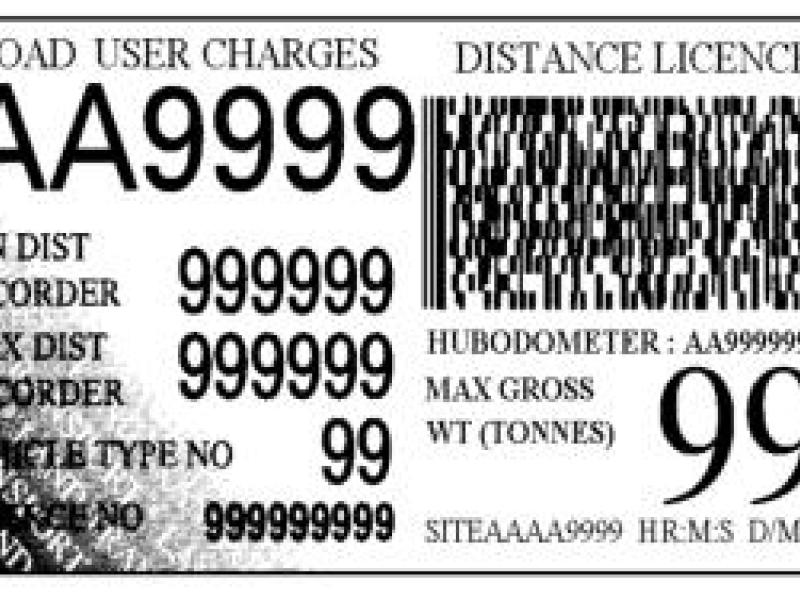An article recently written explored the idea that Artificial Intelligence – once the purview of Hollywood movies and science fiction – is here across many facets of our lives.
The same article posed the question, how far will AI impact our work? And Teletrac Navman’s answer is simple, AI is already revolutionising our world – for the better.
Andrew Rossington, Vice President of Next Generation Platforms for Teletrac Navman suggests that AI systems are not designed to replace workers, but to improve and enhance overall work experiences.
Artificial Intelligence, and its counterpoint Machine Learning, have steadily been improving across a number of business sectors and today, that includes transport.
Rather than the eagerly anticipated advent of the driverless vehicle, the application of what was once a 21st century flight of fancy is far more prosaic.
In Andrew’s view – and in the real world – AI/ML technology allows a human to see what may not be seen, highlight what may have been overlooked and improve efficiency by streamlining manual processes in response to telematics data.
Telematics – very simply – allows improved vehicle fleet deployment and utilisation, the ability to monitor fuel efficiencies and servicing requirements, update vehicle routes to further expedite deliveries, allow the integration of Health and Safety compliance and more.
The advantages are well documented and yet only 14 percent of business which have invested in a telematics solution are using the technology for big data analytics – analysing all the data collected to uncover patterns and connections which might otherwise be invisible. Why?
Information overload. There is too much data coming in and it is proving challenging to sort through the relevant information. To address this challenge, a machine learning telematics solution enables you to be proactive and provides easy-to-understand feedback for the fleet manager.
The machine learning telematics solution uses real time data to predict risks, just like a satellite navigation system uses real time information to guide you away from traffic incidents.
You can now use an AI-enabled telematics system to use previous trip histories to better understand routes and delays, alongside vehicle idle and performance metrics, to optimise future trips.
You can monitor fuel use with a telematics system, but you might be missing those reports that tell you that fuel is being wasted through excess speed, idling or what have you, because you had other things to do and besides, it happened some time last week!
An AI/ML enabled system which has ‘learned’ the reports you want to read, what the fuel consumption should be and a wealth of data besides and – over time – will be able to alert the FM or whomever at the same time an anomaly is detected.
You’ve likely heard the term preventive maintenance? With AI/ML enablement, this now becomes predictive maintenance, which, according to detailed estimates, can help reduce overall maintenance costs by up to 40 percent!
An AI/ML fleet management solution can use its real time ability to compare engine management and performance data with what it knows to be normal. Any variation can immediately be identified and addressed immediately if warranted or tagged for maintenance a the most convenient time.
Teletrac Navman has introduced its next generation solution: TN360, which uses AI/ML and a scalable cloud ecosystem to connect data from sensors, cameras, mobile and third-party applications in real time and translate raw signals into context.
The ability to capture, connect, and process robust amounts of data with immediacy will transform telematics from a two-dimensional map application to a powerful real-time sensor network producing insights for a three-dimensional world.
While previous generations of telematics platforms aimed at eliminating paper-based reporting and processes, they required users to spend excessive amount of time analysing digital reports to identify opportunities for improvement.
Through AI, TN360 removes that analysis period for its users. Users can quickly receive business intelligence metrics simply by asking a question of TN360’s smart AI engine with voice-command technology, eliminating the challenge of traditional data analytics.
“Our goal is – and always has been – to simplify mobile asset and fleet management for our customers,” said Andrew. “We built TN360 with an AI-first approach to deliver a paradigm-shifting product. We use this technology to process the masses of data collected and turn this into real answers. The platform converts data into decisions.”
Teletrac Navman’s next generation TN360 solution marks the next phase of digital transformation in the mobile asset and fleet management market.






